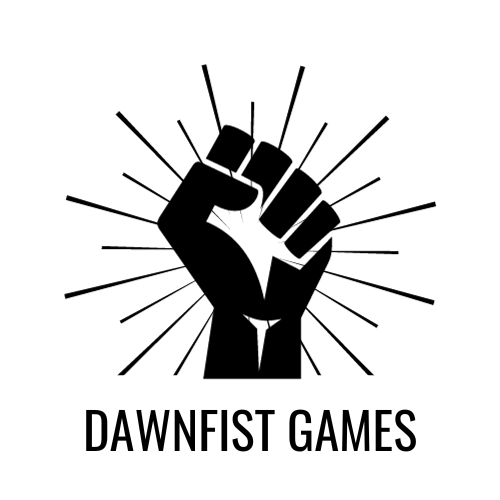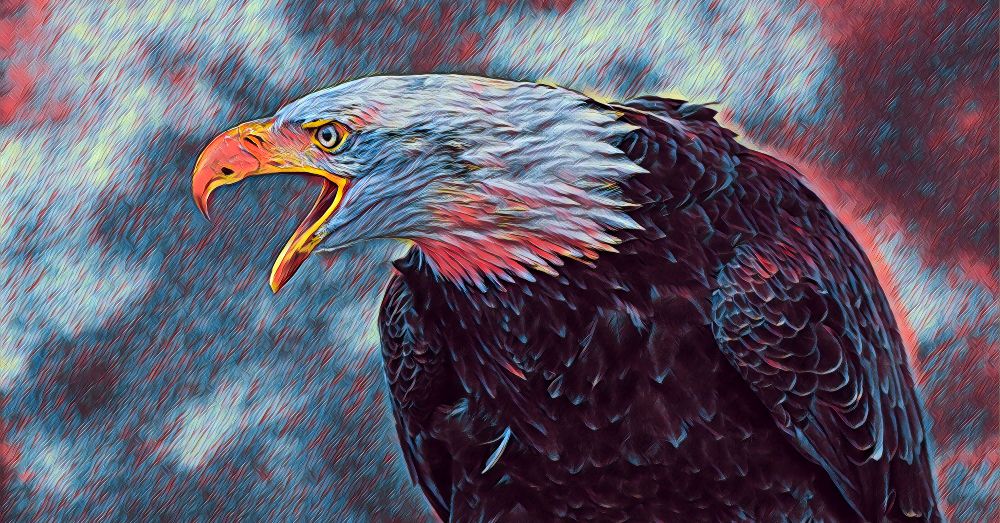The hooded man is rat-like in his appearance…
An age old GM trick is to use animal traits and names as a base of inspiration whenever improvising. Describing someone as “rat-like” or having “hair like a lion’s mane” is effective and it puts a vivid image in the players heads. But animals can be used for much more than just character descriptions, need a name for a town the PCs just found? Foxville or Fort Hawk should work just fine. Need a cool feature for that magic sword the PCs just found? A pommel shaped like a lion’s head or blade with a snake-like pattern will make it memorable.
Here are some concrete examples of how you can use animals as inspiration:
Naming areas
Serpent Canyon (snake), Roaring Plains (lion), Goat Ridge (goat), Tusk Caverns (boar), Howling Hills (wolf) Webbed Forest (spider), Rainbow River (peacock), Treacherous Bay (crocodile), Stoutholme (elephant), Silver Bay (salmon), Temple of the Scarab (beetle), Tomb of Black Death (raven), The Burrows (rabbit), Grey Spring (elephant).
Describing people
“The man have a hawk-like nose” (hawk), “The bandit chief has hair like a lion’s mane” (lion), “The witch is short, stout and with wild hair” (boar), “The merchant sits in a chair, fat and arrogant” (toad), “She is fidgety and have a small nose” (ferret), “The orc displays a dangerous grin” (crocodile), “The old man runs his fingers through his white and peculiar beard” (goat), “The captain speaks dominantly with a roaring voice” (lion), “The bouncer stands towering over you” (elephant, “She has raven black hair” (raven).
Describing places
“The wizard’s workshop is filled with books and bottles in all possible colors” (peacock), “The cave is filled with cobwebs and you hear the sound of large insects crawling in the darkness” (spider), “The thief’s hideout is small and cozy” (ferret), “The city has many waterways and canals running through it” (toad), “The atmosphere at the inn is ominous, it feels like something is about to go down” (crocodile).
Adding some character to objects and items
“The sword has an ivory handle” (elephant), “The book has a pitch black cover” (raven), “The chainmail shimmers in rainbow colors” (peacock), “The boat is sturdy and runs low in the water” (boar), “The chest is filthy” (rat), “Your bed at the inn is covered in cobwebs” (spider), “The door has a knocker shaped like a lion’s head” (lion).
D66 Animal inspiration
Use the table below by rolling two six-sided dice, one determines the tens digit and the other determines the ones digit, meaning a roll of 4 & 2 gives you “42: Tiger”.
| D66 | Animal |
|---|---|
| 11 | Wolf |
| 12 | Elephant |
| 13 | Boar |
| 14 | Beetle |
| 15 | Snake |
| 16 | Ferret |
| 21 | Spider |
| 22 | Goat |
| 23 | Rabbit |
| 24 | Salmon |
| 25 | Peacock |
| 26 | Crocodile |
| 31 | Butterfly |
| 32 | Raven |
| 33 | Toad |
| 34 | Rat |
| 35 | Hawk |
| 36 | Lion |
| 41 | Bear |
| 42 | Tiger |
| 43 | Hyena |
| 44 | Ostrich |
| 45 | Chameleon |
| 46 | Otter |
| 51 | Bat |
| 52 | Fox |
| 53 | Porcupine |
| 54 | Owl |
| 55 | Cheetah |
| 56 | Rhinoceros |
| 61 | Seahorse |
| 62 | Octopus |
| 63 | Iguana |
| 64 | Baboon |
| 65 | Walrus |
| 66 | Mongoose |
Closing thoughts on using animals for inspiration
The great thing about animal traits is that everyone knows how a hyena sounds, a crocodile looks and what rat-like means, animal descriptions are universal, which makes your job of painting a vivid picture of the world so much easier.
Keep this table close at hand, because trust me, it will be a life saver whenever you need to improvise something in your game world, be it the description of a magic item, the appearance of an NPC or the smell in a cave.
If you like this post, please check out our NPC generator and our list of 53 DM tips, tricks and hacks, and also, be sure to check out our game, Adventurous!

